PsychNewsDaily Publishers
100 Summit Drive
Burlington, MA, 01803
Telephone: (320) 349-2484
PsychNewsDaily Publishers
100 Summit Drive
Burlington, MA, 01803
Telephone: (320) 349-2484
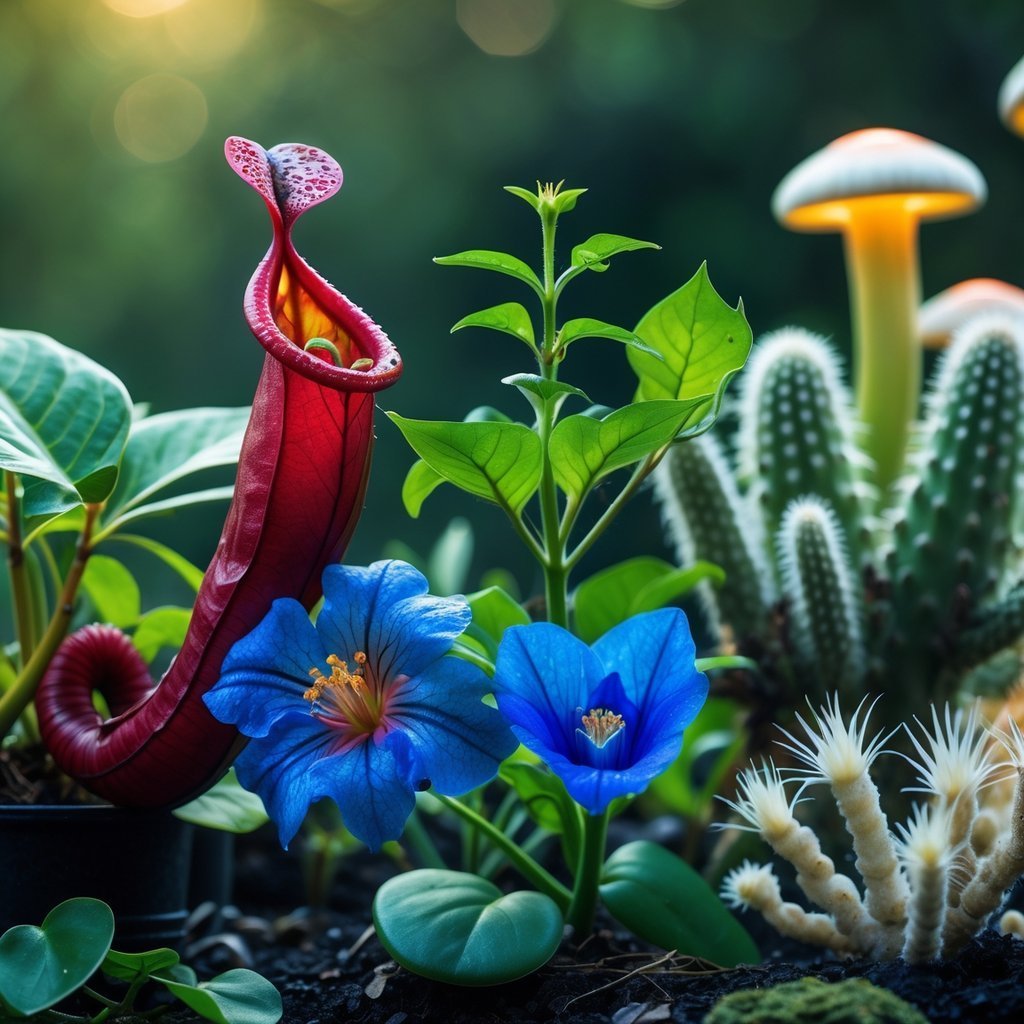
Plants seem ordinary at first glance, but honestly, they’ve got a bunch of odd secrets hiding in plain sight. The way they grow, adapt, and survive? It’s way weirder than most people guess.
Here are six weird botanical facts that might surprise you—just more proof that plants are pretty amazing. If you know these, your next walk through a garden or park just might feel a bit more magical.
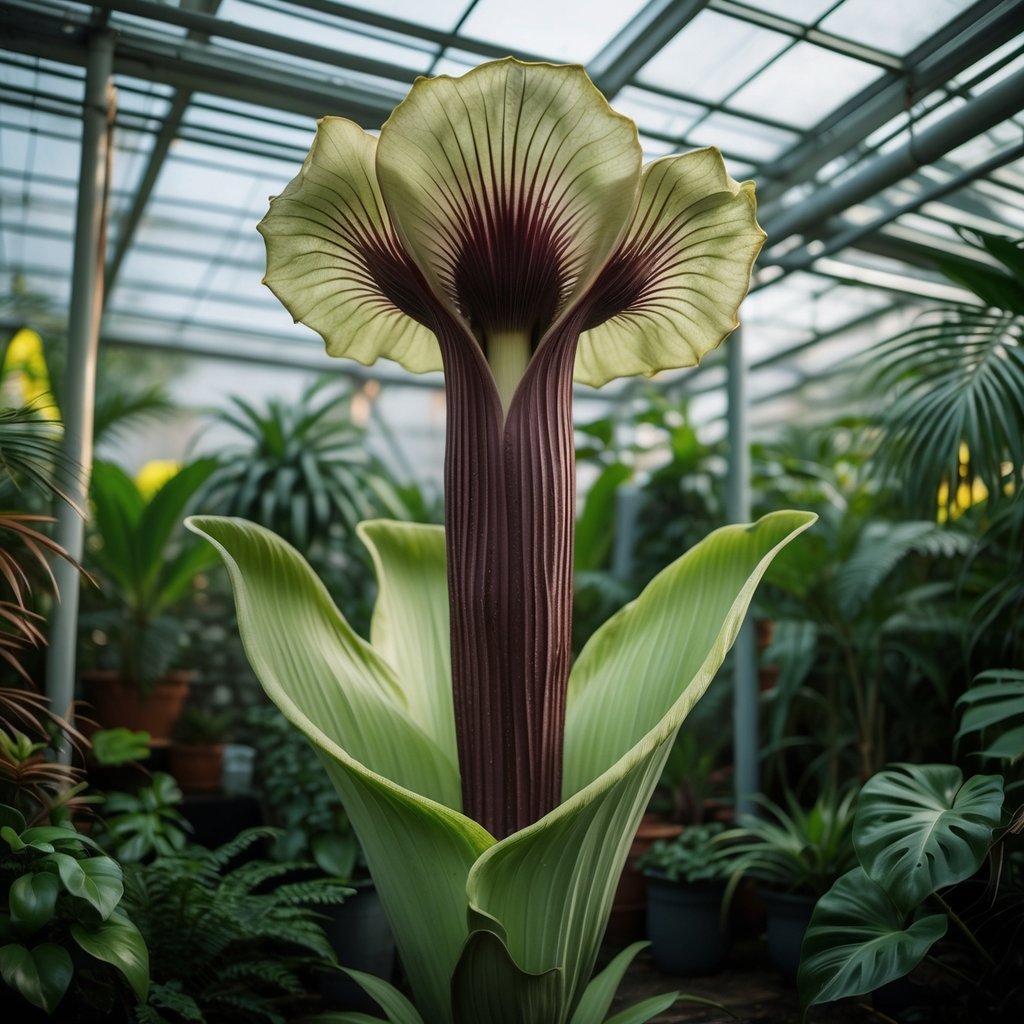
Stand next to a corpse flower and you’ll probably feel tiny. This thing can shoot up over 10 feet tall, making it one of the tallest flowers out there.
Its bloom doesn’t last long—just a day or so. But what really sets it apart is the smell.
When it finally opens, the flower blasts out a stench that’s almost exactly like rotting meat. It’s gross, but it’s genius.
That awful smell pulls in flies and beetles, who end up pollinating the plant. The scent gets the strongest at night and just after sunrise.
If you want to see it, you’ve got to time it right. The corpse flower is bizarre, unforgettable, and honestly, kind of cool.
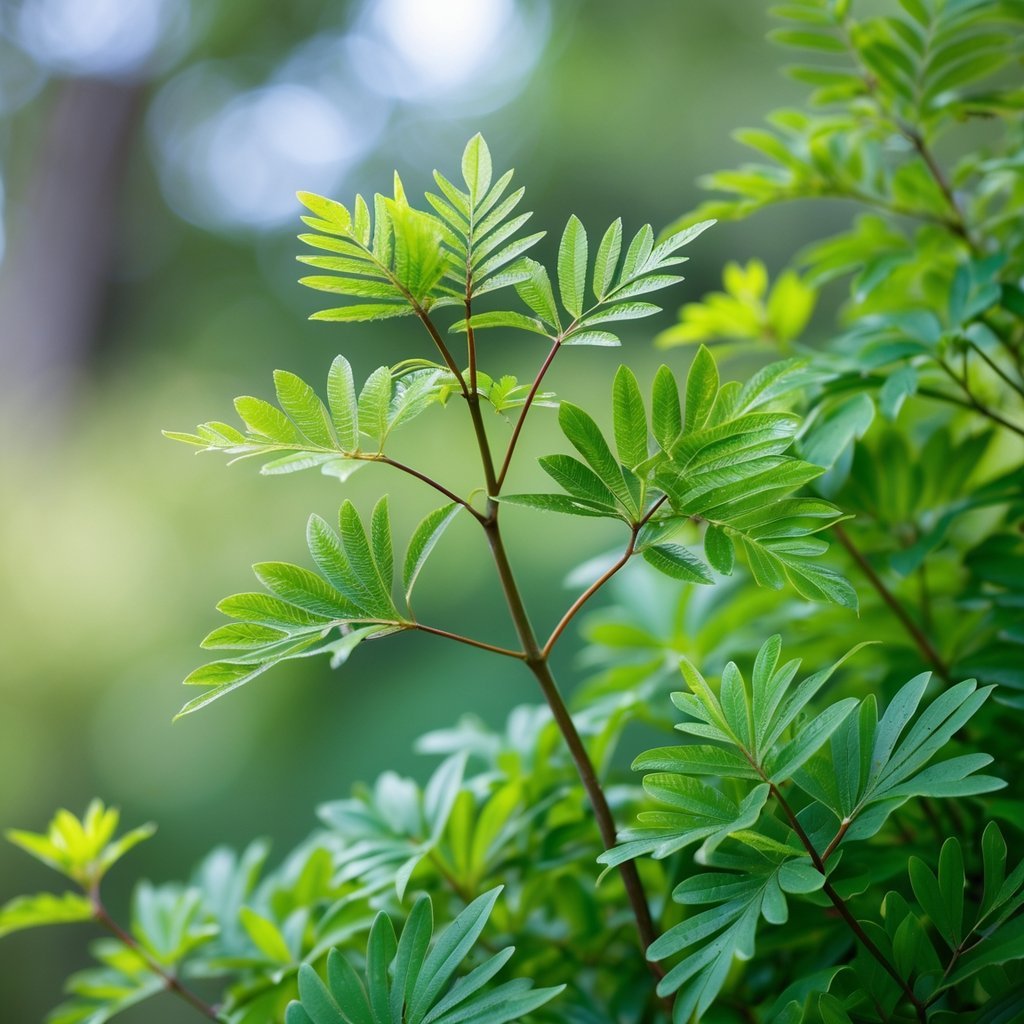
If you poke a mimosa pudica—yeah, the “sensitive plant”—you’ll see its leaves snap shut almost instantly. The plant reacts by firing off a tiny electrical signal the second it feels pressure.
That signal makes water move out of certain cells, so the leaves droop and fold. It’s like the plant is trying to hide from danger.
Watching it close up feels almost like it’s shy or playing around. Nature definitely has a sense of humor sometimes.
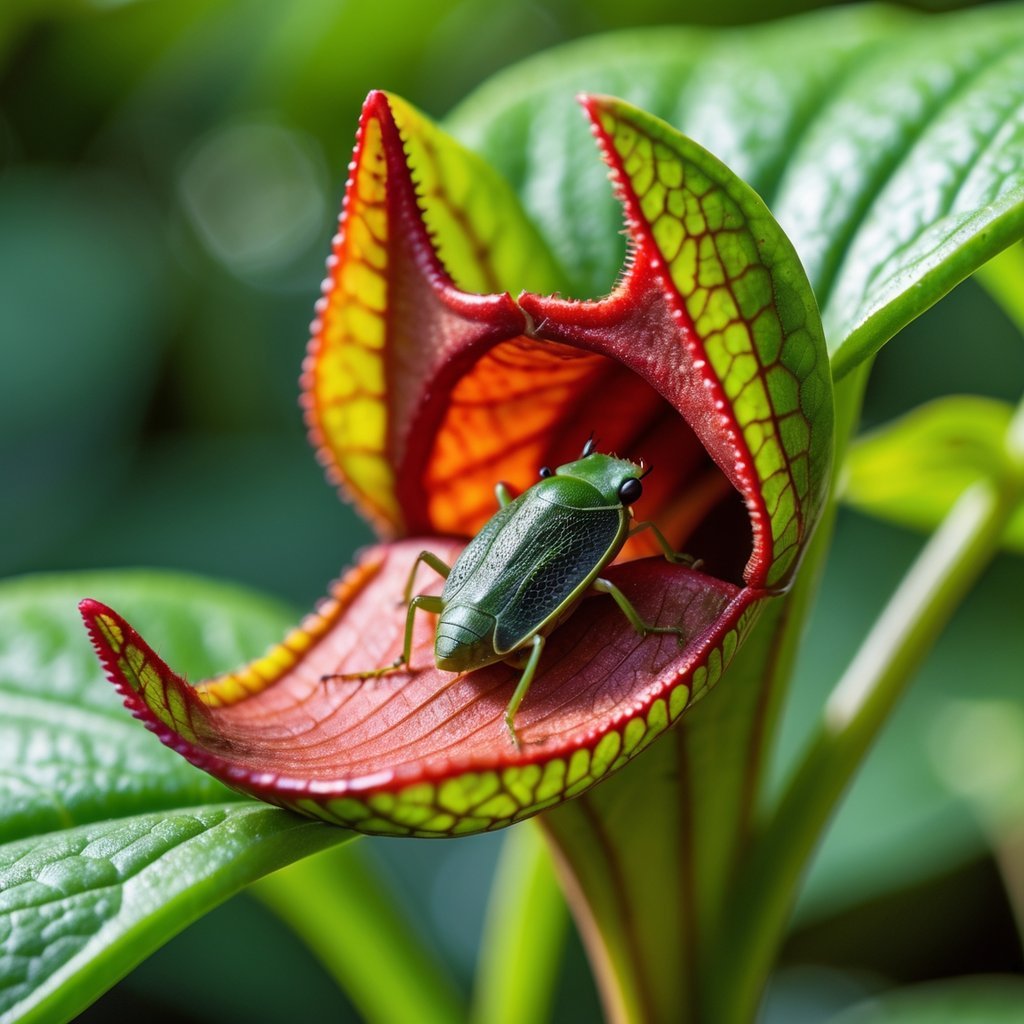
Venus flytraps are wild—they’ve got these jaw-shaped leaves that snap shut if an insect touches the tiny hairs inside.
That quick movement lets the plant trap bugs before they can get away. The trap seals tight, so the insect is stuck for good.
After that, the plant releases digestive juices to break down its catch. That’s how it gets nutrients like nitrogen, which is pretty scarce in its soil.
So, your Venus flytrap is basically a tiny, green predator. It’s not just a plant—it’s a bug-hunting machine.
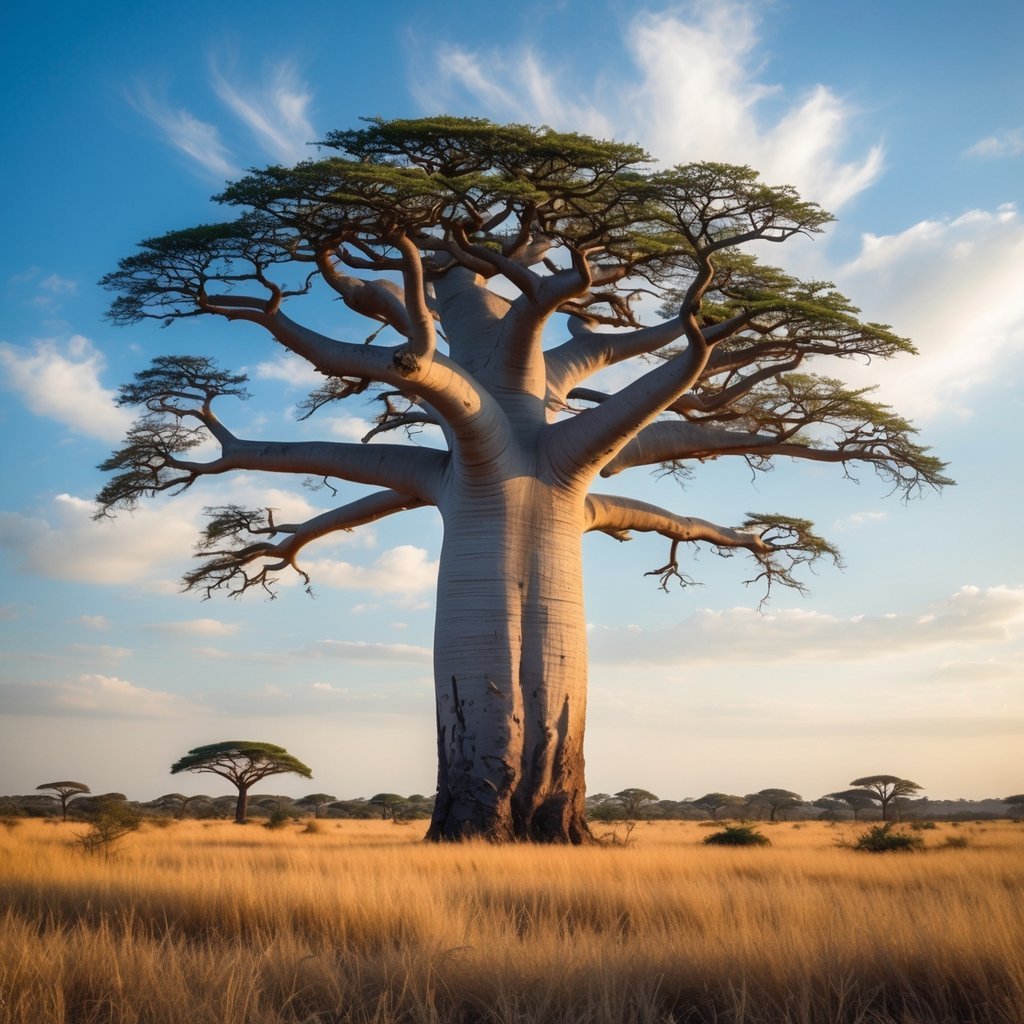
Baobab trees are ancient. Some of them live more than 1,000 years, and a few might even get close to 5,000.
They survive in dry places by storing water in their massive trunks. We’re talking thousands of gallons.
That’s why people call them the “Tree of Life.” Baobabs provide water, food, and shelter for animals and humans alike.
If you ever spot one, it’s worth stopping to stare for a minute. They’re pretty much nature’s water towers.
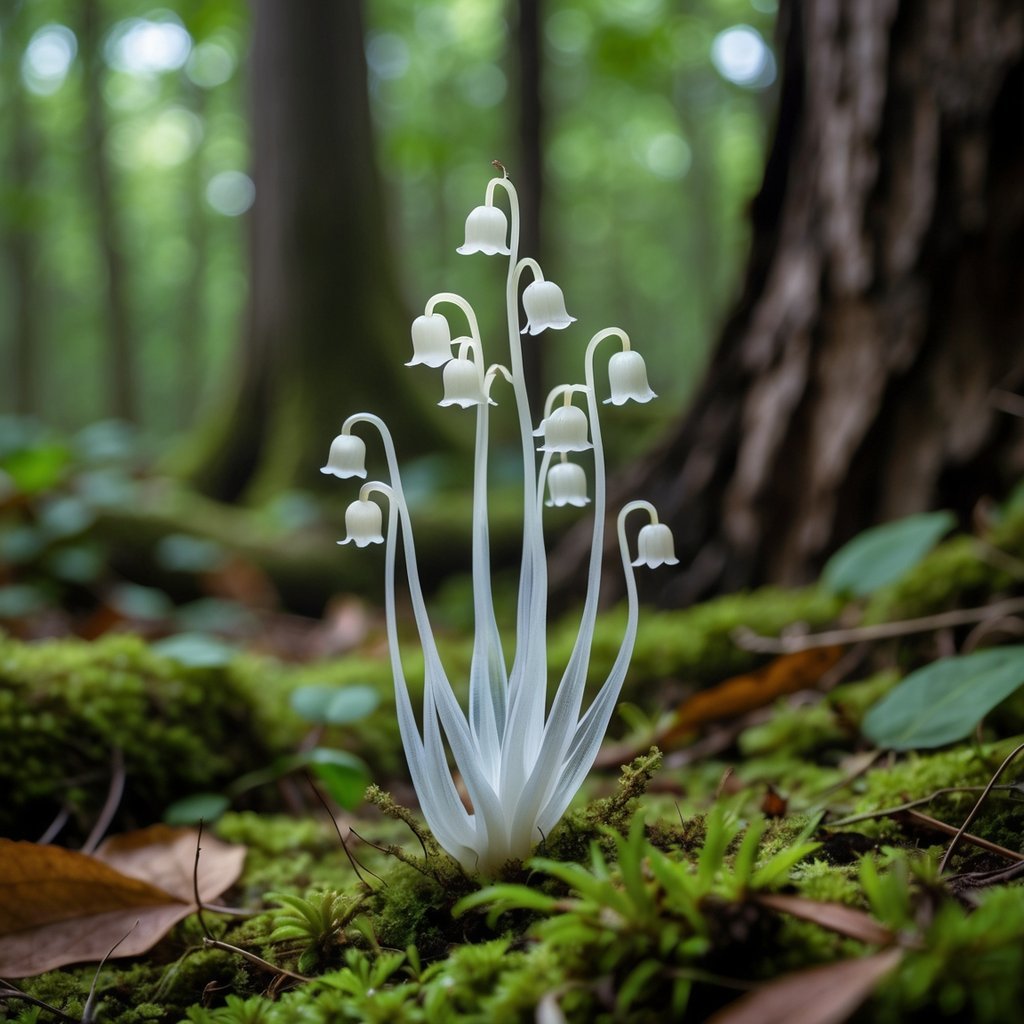
Most plants need sunlight to make food, right? Ghost plants don’t bother with that at all.
They have no green leaves and no chlorophyll, so photosynthesis isn’t even an option. Instead, they get their nutrients from fungi in the soil.
These fungi connect to tree roots and pass nutrients along. The ghost plant kind of hijacks this underground network to “borrow” what it needs.
So, ghost plants act more like sneaky freeloaders than typical plants. They thrive in dark forests where sunlight barely reaches the ground.
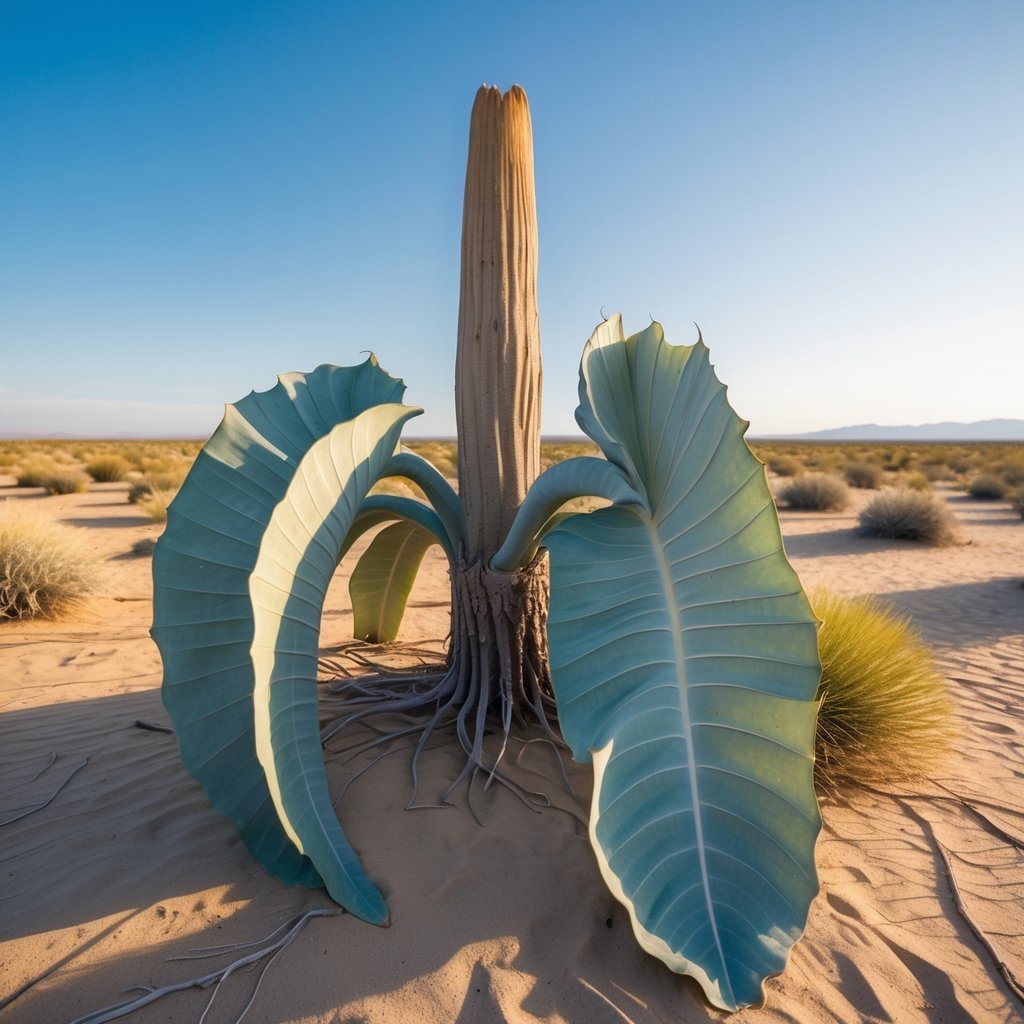
Honestly, it’s a bit wild—Welwitschia mirabilis only ever grows two leaves. Those same leaves just keep getting longer, sometimes for more than a thousand years.
This bizarre plant makes its home in the Namib Desert, where water’s incredibly hard to come by. Instead of relying on rain, it grabs moisture from fog that drifts in off the coast.
Its two leaves can stretch out for several meters. Welwitschia doesn’t grow quickly, but it’s ridiculously tough and sticks around for centuries. Really, there’s nothing else quite like it.